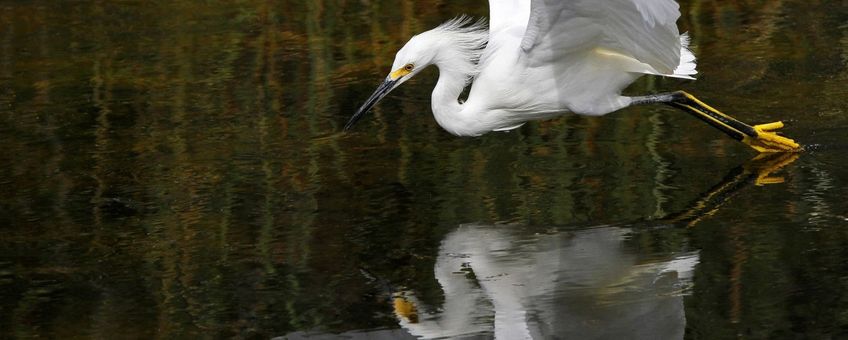
IUCN proposes new method for measuring species’ conservation success
IUCNThe framework, presented by the IUCN Red List Committee’s Task Force on Species Conservation Success under the working title of ‘the IUCN Green List of Species’, aims to complement the IUCN Red List of Threatened SpeciesTM by providing a tool for assessing the recovery of species’ populations and measuring their conservation success.
“IUCN recognises the need to set aspirational goals for biodiversity conservation and to demonstrate that conservation does work. Preventing species extinctions and declines in biodiversity is critically important, but long-term conservation objectives are also needed to ensure that nature flourishes alongside humans. This new framework highlights an ambitious shift in conservation thinking towards ensuring the recovery of species, rather than just avoiding extinctions,” says Craig Hilton-Taylor, Head of the Red List Unit and one of the paper’s co-authors.
To improve the consistency of targets in species recovery plans the paper proposes a definition of a ‘fully recovered’ species, defining it as one that is viable and that fulfils its ecological roles in the ecosystems throughout its native range.
"In the new framework, we propose an objective, practical, and ambitious definition of a recovered species. We also propose an objective way of measuring how important conservation is for a species; what conservation has achieved and can achieve in the future," says H. Resit Akçakaya, lead author of the paper and professor at Stony Brook University in New York.
The new method complements the current system of the IUCN Red List, which demonstrates conservation success through real changes in species' status due to conservation efforts. The IUCN Red List is the world’s most comprehensive, objective, global approach for evaluating the extinction risk of plant, animal and fungi species.
“The concept of the new framework for measuring conservation success came from a desire to incentivise conservation action by quantifying conservation success. It uses four practical indices aimed at demonstrating conservation successes and the degree of species’ recovery, rather than threat status,” says Barney Long, Co-chair of the Task Force and Director of Species Conservation at Global Wildlife Conservation.
The proposed framework considers the impacts of past conservation; what would happen if all current conservation ceased; expected gains from conservation action; and how close to ‘fully recovered’ a species can get with effective conservation action.

For example, the Saiga Antelope moved from a classification of Vulnerable on the IUCN Red List in 1996 to Critically Endangered in 2002, and kept this status in the 2008 reassessment. However, through the proposed framework, the authors can demonstrate that past conservation efforts for this species have helped it recover and that the Saiga Antelope is dependent on future conservation actions for its survival.
The paper is the first published summary of a conceptual framework for the new method. The authors encourage feedback before launching the final product, planned for 2020. The framework will be tested extensively using many species from the terrestrial, marine and freshwater realms in order to find a system that works for all species.
This paper is published in the scientific journal Conservation Biology
Text: IUCN
Photos: Pixabay (lead photo: egret); N.J. Singh, IUCN
